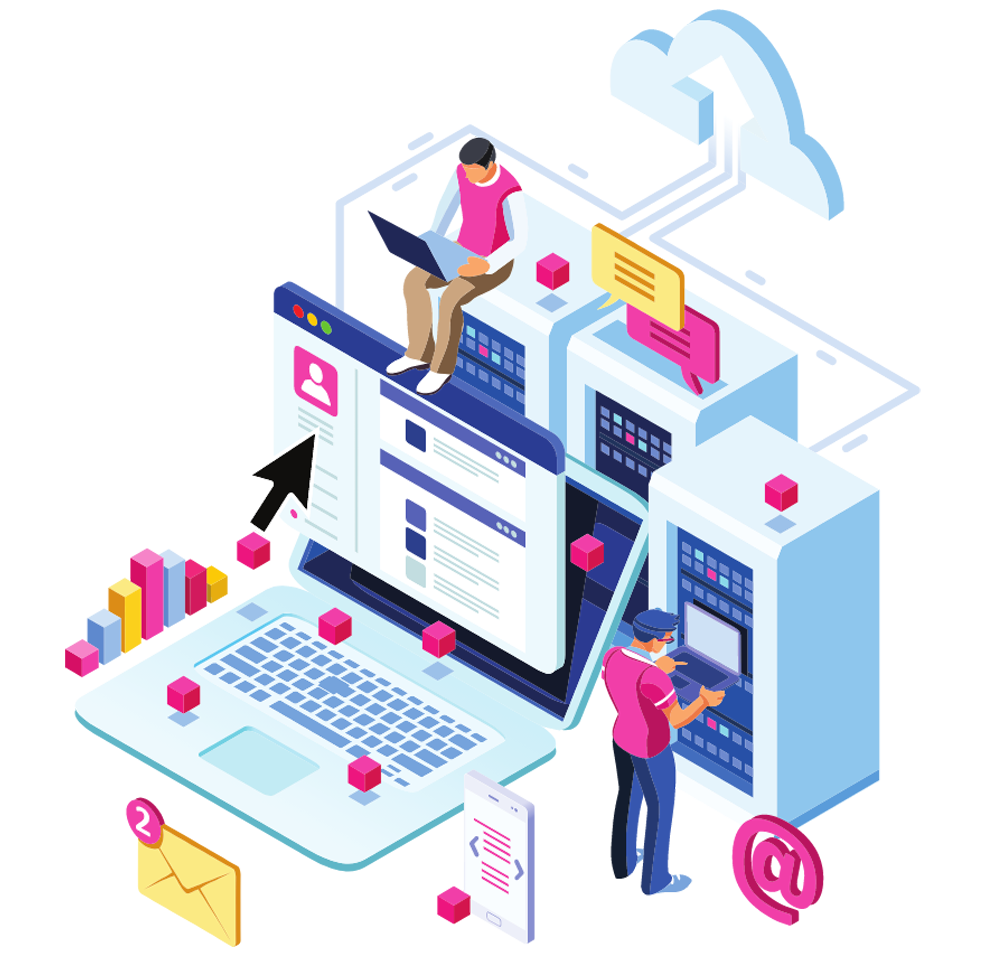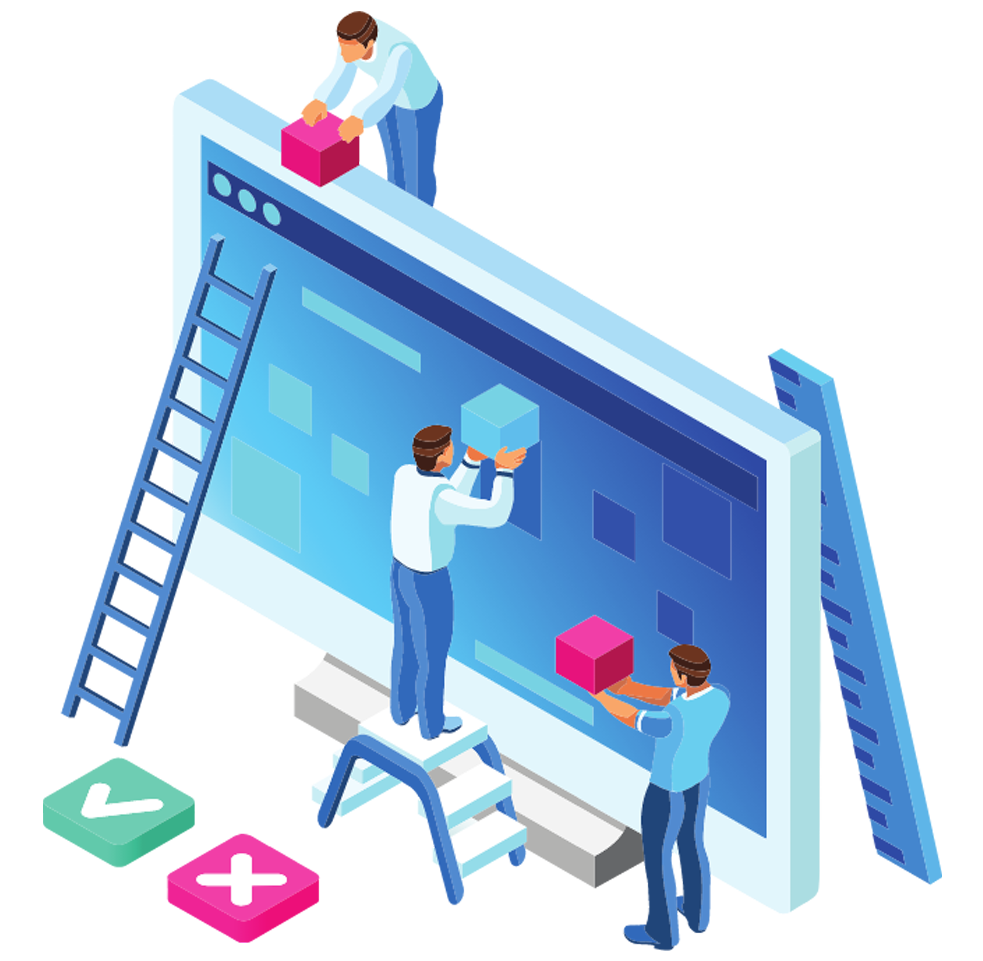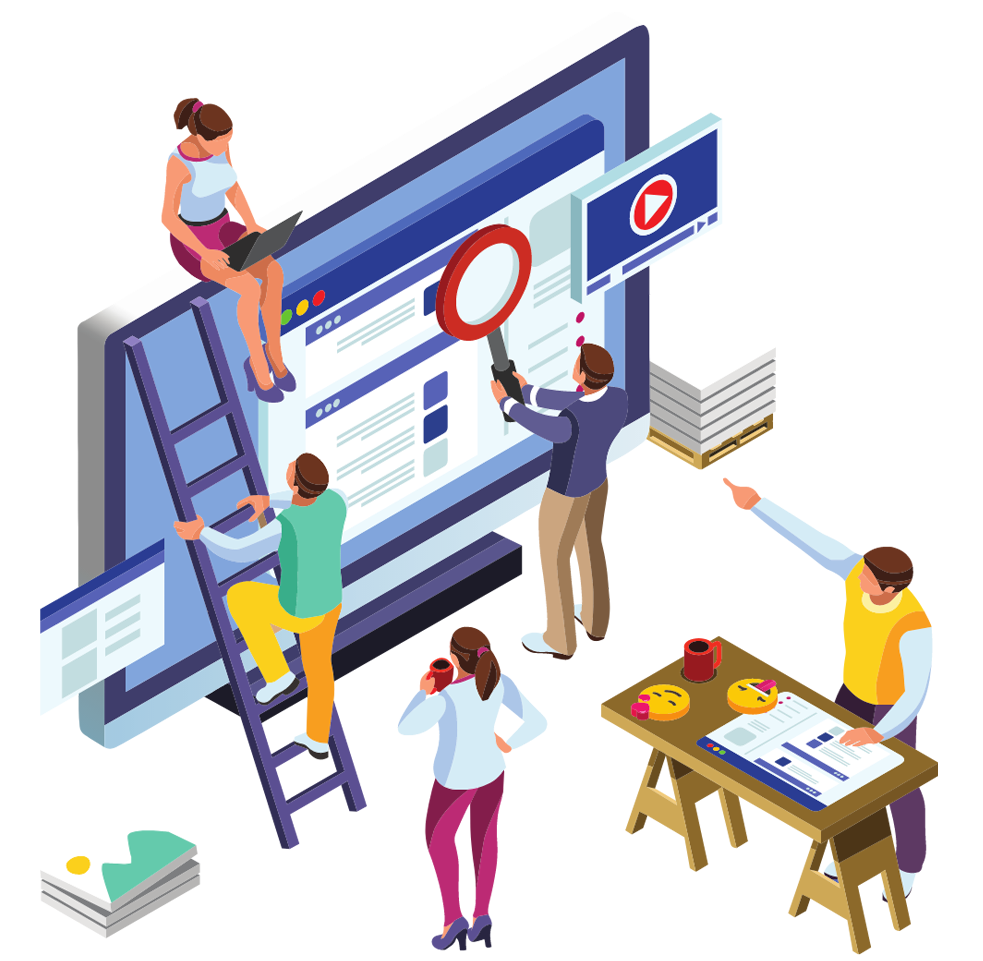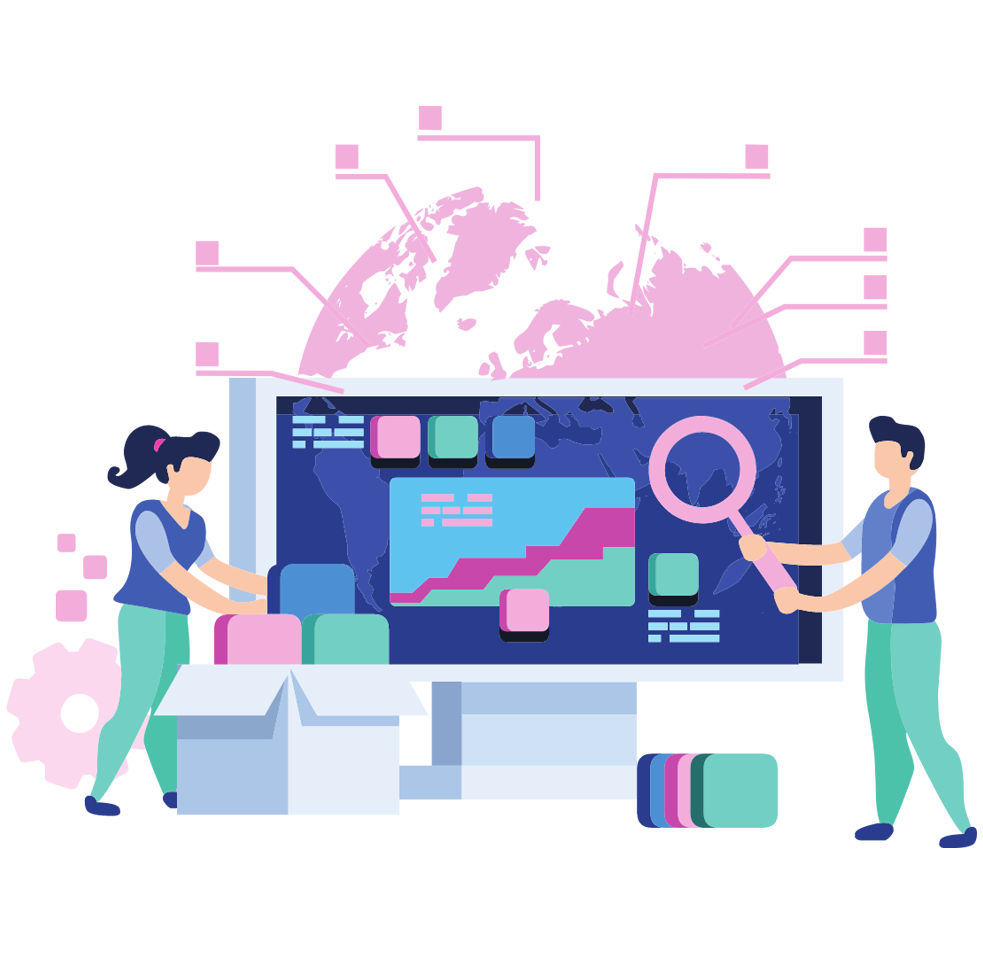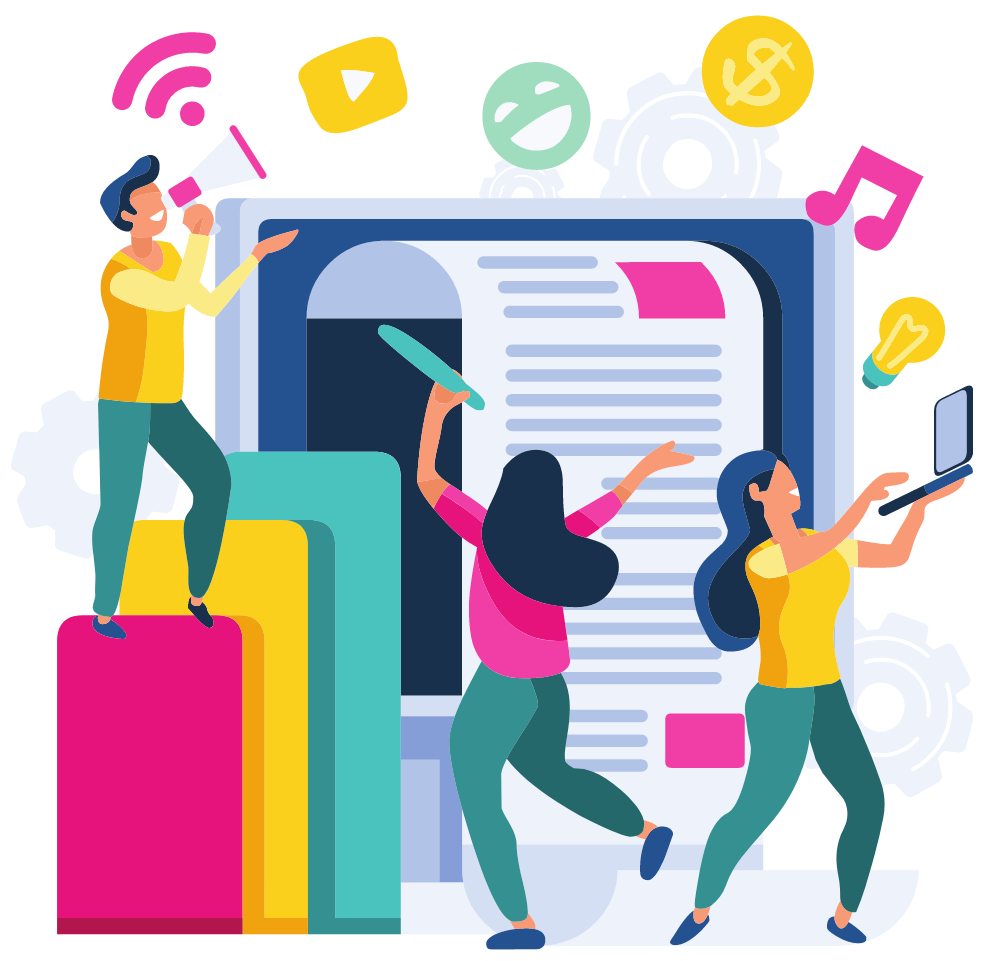Omnichannel customer service or Omnichannel customer experience have recently become very popular terms. No wonder – each of us is someone’s client and would like to be treated in the best possible way. We all have preferred channels of communication with the customer service department. One person prefers emails, someone else – SMS, and for others, the only acceptable form of contact will be a phone call or a visit to a stationary point of sale.
As a representative of your brand, you should empathize with the customers and focus on reaching them through the medium that suits them best. To do this, however, you need knowledge and proven tools. Today we will look at Omnichannel customer service and try to encourage you to introduce it in your organization.
What is Omnichannel Customer Service?
Omnichannel is a coherent combination of all communication channels that you offer to your clients. Regardless of the channel, the collected information is stored in one place. Each customer service employee has access to the entire history of a person’s contacts with the service department. Omnichannel means continuity and preserved context of communication as well as the highest level of service every time the customer contacts the company. Thanks to Omnichannel, all customer service employees know the same about customers – regardless of the medium the customer chooses.
Advantages of Omnichannel Customer Service
The Omnichannel approach has many advantages. Below you will find a few that we believe are the most important.
Advantages for the customer:
- Continuity of communication with your brand – contact is restored where the previous interaction ended;
- Faster and more efficient service – the customer does not have to describe the same problem several times;
- Greater satisfaction and less frustration thanks to the efficient handling of the matter;
- Ability to choose the preferred time and communication channel – the clients communicate with your company as, and when they want.
Advantages for your company:
- More useful information about customers – you get to know them even better;
- Increased efficiency and reduced frustration of your employees – they get things done faster and don’t waste time;
- Money-saving thanks to automation and enabling clients to solve cases on their own;
- Increased chance of gaining a competitive advantage – thanks to Omnichannel you will provide better service than the competition;
- Increased credibility of your brand – it is perceived as more customer-friendly.
Here is an example of what omnichannel customer service looks like in practice.
Omnichannel in practice
Suppose you plan to buy your dream hooded sweatshirt in an online store. You check the sizing and it seems that everything will be fine. However, the package arrives and it turns out that something has gone wrong and the sweatshirt is mismatched. So you go to the store’s website. The chat icon appears in the bottom corner of the screen. Half a minute after you describe your problem in the text box, your phone rings: it is the customer service consultant who calls to explain the problem. After a short conversation, you receive an e-mail with a document to be printed and stuck to the return package, and on top of that – a 10% discount coupon for your next purchase. You send back the sweatshirt and after two days you get a new one in the perfect size.
This is omnichannel at its best – in this case, the communication channel did not matter, and the company that takes its clients seriously made sure that the problem was solved quickly and efficiently. Most customers would certainly appreciate such service every time, both online and offline.
Omnichannel in your organization
If you liked the example above, you would probably want to learn more about introducing the idea of Omnichannel and improving customer service in your company. Here are some tips.
Take care of mobile devices
Today, virtually everyone has a smartphone. It is not difficult to imagine what will happen when a customer visits an unoptimized page or encounters errors in the mobile version. Don’t let that happen! A mobile website should be clear and easy to navigate. This is especially important today, as mobile devices account for 56% of Internet traffic worldwide.
React on time in social media
Users who communicate regularly via social media are used to instant responses to messages. You will gain their favor if you respond quickly. It is also worth taking care of social listening, i.e. keeping up to date with the buzz around your brand.
Help customers solve problems on their own
Some of your clients face challenges that they could easily handle themselves. It is worth letting them do so! Make sure they can easily find the FAQ section on your website. You will save consultants time and also make it easier for clients to solve problems single-handedly.
SMS – because sometimes we can’t talk
SMS messages have several advantages: they reach the recipient immediately, and messages can be sent whenever a conversation is impossible – which, as everyday business practice shows, happens very often. Text messages will also be great when you need to confirm a purchase, a scheduled visit, or a shipment.
Chat: a quick solution to simple problems
Nobody likes to wait on hold in the call center, and simple matters can be easily dealt with via chat. Regardless of whether clients will talk to a consultant or a chatbot, they will efficiently solve the problem or learn about other ways of dealing with the challenge.
Good old email
Some customers consider email to be the best form of contact. By writing a message, you can describe the problem comprehensively – the number of characters is unlimited, there is no time pressure, and you can write at any time of day or night. Although the email does not require an immediate reply, the customer should not wait too long for the answer.
Of course, you don’t have to create all possible communication channels – decide on a few and integrate them.
Omnichannel and Multichannel
The idea of multiple channels has been known for years – according to it, each point of contact between the customer and your brand is taken care of at the same, highest level, using many communication channels: a conversation with an employee in a stationary store, chat on a website, SMS, email, phone call or social media. The more channels, the better.
In the case of Multichannel, the channels are independent of each other and each customer-brand interaction is a separate event. Individual customer service departments don’t exchange information – call center employees don’t have access to the content of emails or customer conversations with the chatbot, etc. Customer frustration can build up as they have to describe the problem more than once each time they contact support.
On the other hand, as it is easy to guess, Omnichannel is also a wide range of channels, but enriched with one key element: their integration. When information from all sources is gathered in one place and regardless of whether the client is chatting, calling the hotline, or writing an e-mail, the interaction always begins where the previous one ended.
Simply put, Omnichannel is Multichannel that has evolved into an even greater form.

Omnichannel supports your employees
Your employees will also benefit from the combination of all communication channels. Context-aware customer service will not waste time re-questioning clients about their problems. Consultants will provide help, and thus they will deal with the next case faster, so their effectiveness will increase. The same applies to stationary employees, whose efficient service will help shorten the customer’s visit to the store.
It is also worth mentioning the easier reporting of work when all channels are combined in one efficient tool. Customer service departments can spend the saved time on solving more complex problems and training. The best technologies offer users many functionalities, such as dashboards with statistics. This is especially useful for leaders who gain quick insight into the performance of their teams.
Conclusion: how to introduce the Omnichannel idea in your company?
Now a few words about tools. There are certainly many solutions on the market to improve customer service processes and ensure an Omnichannel experience. It’s no secret that we, as a Salesforce partner, prefer Salesforce solutions. Why? Salesforce has created an entire ecosystem of cloud solutions, such as Service Cloud. Its users save time, work more efficiently, automate many repetitive processes and provide their customers with an Omnichannel experience.
We would gladly tell you more about Salesforce products. We know these solutions from the inside out, and we would love to share their benefits with you.
Get in touch with us and find out everything you want about probably the best CRM ecosystem in the world!
Take care of the Omnichannel Customer Experience with Salesforce!






